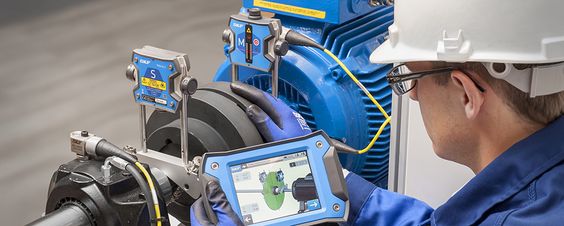In today’s world, there are two distinct types of preventive maintenance that are mainly used by most organizations: condition based maintenance and predictive maintenance. There are many differences in both methods, but they work very well depending on the kind of equipment and specific needs of the assets under maintenance. In this article, let’s talk about both maintenance standards and their similarities.
What are they – a quick overlook
The very first thing to know is that the differences are not just in name: condition and predictive are descriptions of the very nature for those maintenance approaches. Condition based maintenance, as the name implies, uses conditions and measured thresholds to determine when performing maintenance is necessary for a certain asset.
On the other hand, predictive maintenance tries to figure out at what point in time the asset may need maintenance to be done, and why. It’s when there is the try to predict the future and know when the equipment will need to undergo maintenance and repairs.

How they are similar
The main point to know about how condition based maintenance and predictive maintenance are similar to each other is the fact that both rely heavily on data from the assets and equipment. Data from the condition and the specifications of your assets is what determines when the maintenance need to be done, one way or another. Collecting and analyzing data is a very important step for both maintenance standards. Other than that, the similarities end there.
How they are different
First, let’s talk about condition based maintenance. It can be defined as the maintenance that is performed after data collected indicate that there is a performance degradation. It relies heavily on measurements and control charts, but also the senses of the people involved. For example, something like “when this noise starts to appear during the operation of this machine, it’s time to stop it and send it to maintenance”. It’s a reactive model of maintenance: when a trigger event happens, the maintenance must be done.
Not the case for the predictive based maintenance: in fact, it’s entirely the opposite. Instead of relying on observed data, predictive based maintenance relies upon statistics and projections to determine when maintenance is required. Most times, it uses sophisticated software and machine learning to look at patterns from all sensor data. The more data it has, the better at predicting the condition of the equipment is, and therefore a more accurate measurement of the need for maintenance will be given.
While condition based maintenance only observes and collects data in order to determine if the time for maintenance is now, predictive maintenance will try to know the time for it in the future. Sometimes, the same data is used for both systems, and they can be used in conjunction if there is need for it.
Another big difference between the two maintenance systems is the fact that one is ruled by a human decision-maker, and the other is defined by data-driven decision-making. In short, condition based maintenance will always rely upon the human component of the data collection (as we said in the example, hearing strange noises in the equipment). As the prediction-based maintenance will rely on data from sensors and statistics, the decision of when to perform maintenance is made by software or algorithm.
In short, one uses a preventive approach to maintenance (the condition based maintenance), while the other uses quite literally a predictive approach. While one is very sensitive to noise and smell, for example, the other is always looking for patterns and vibrations in the system.

Conclusion
Many different uses come from the two maintenance standards, and businesses should know which one is better suited for them. Sometimes the answer is not all that clear, as in some cases predictive maintenance is a great match, while never substituting the need for feedback from operators. But knowing how they are different and similar is the first step toward making the right choice.
After that, you need to implement your maintenance standards. For that, you can always count on the OneView system to do it seamlessly for you. Contact us today for a free presentation!